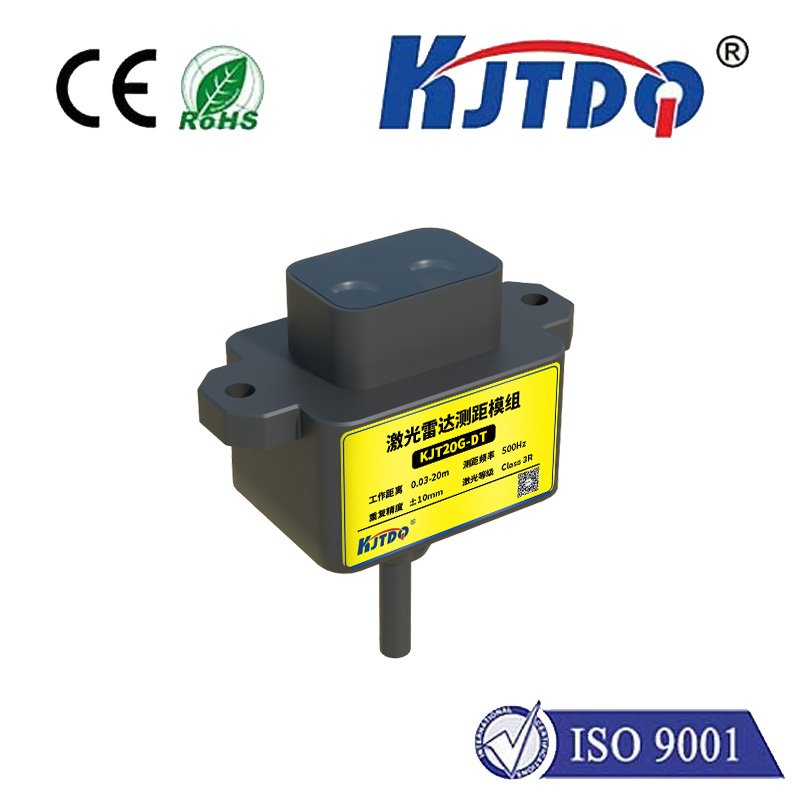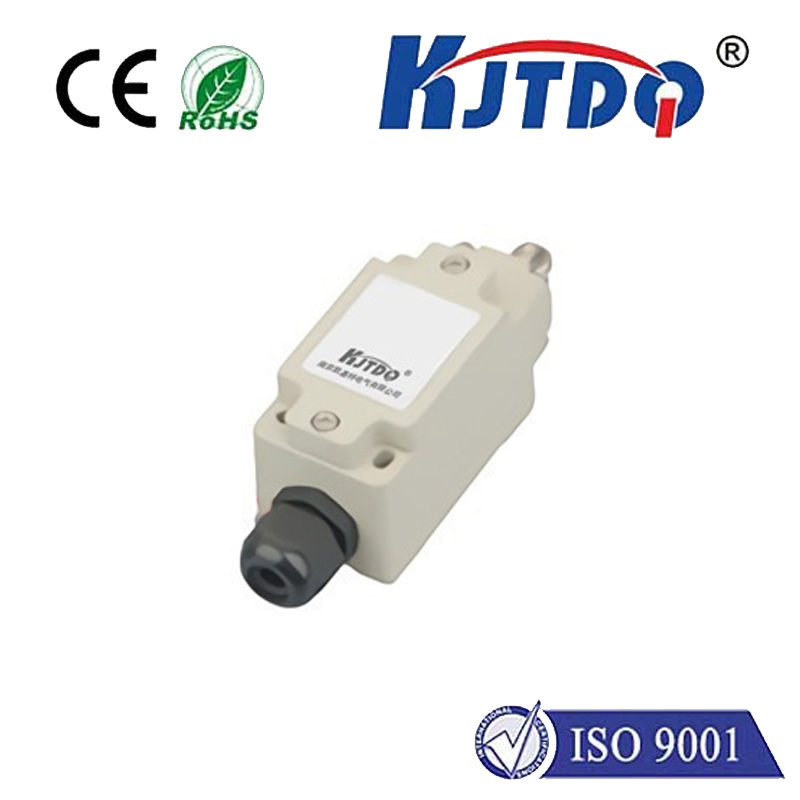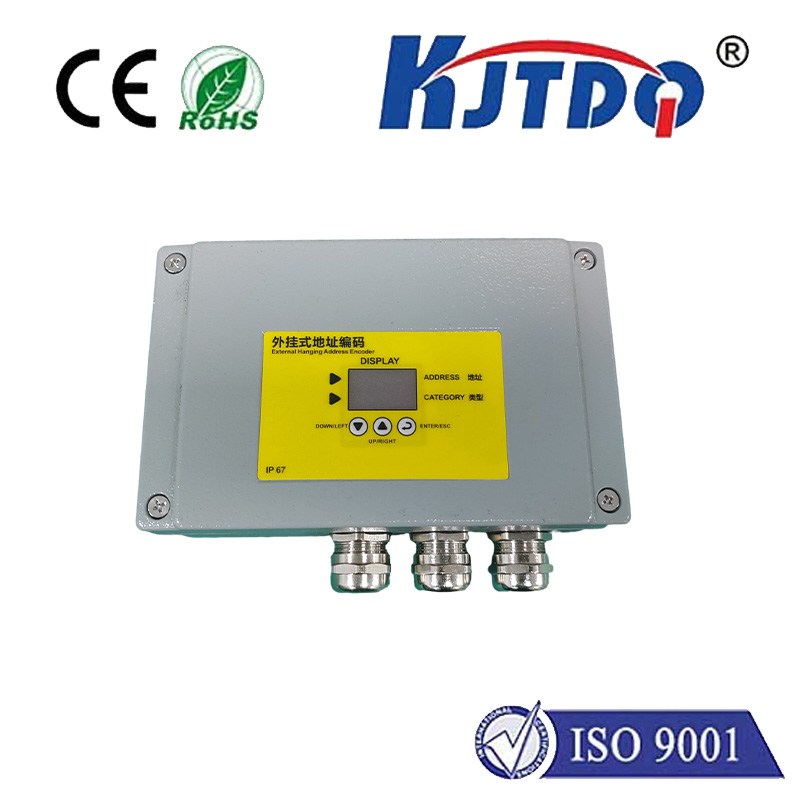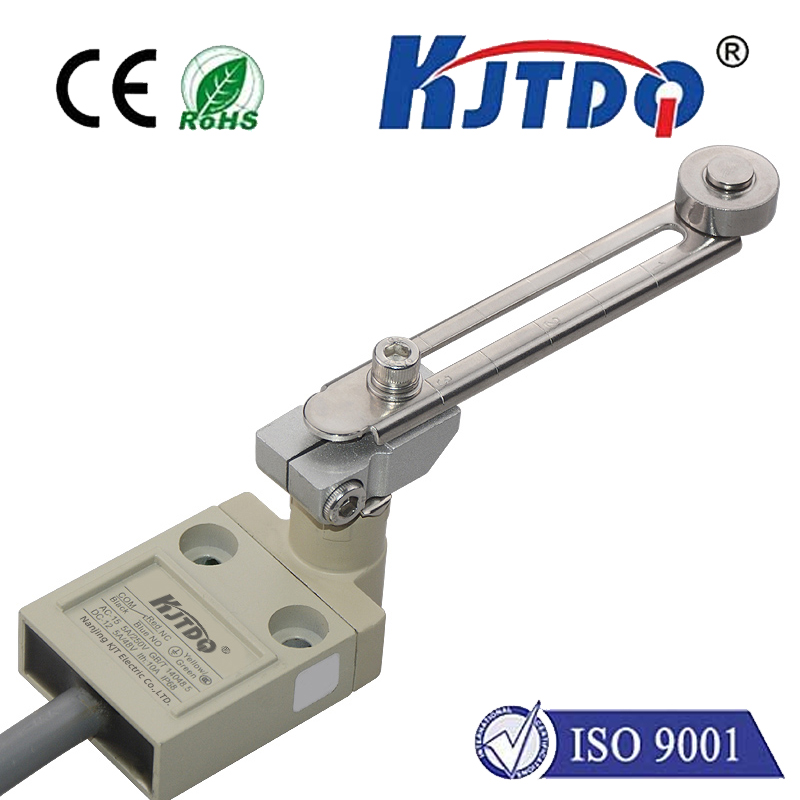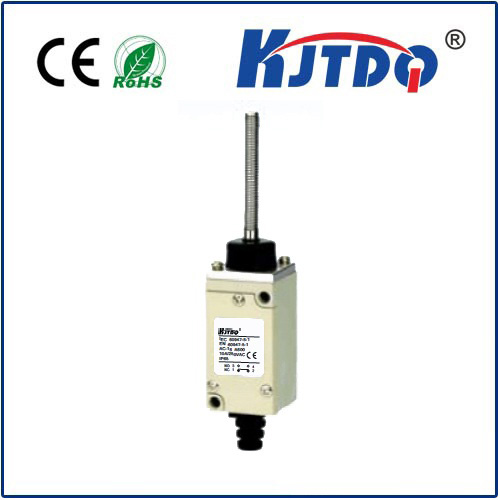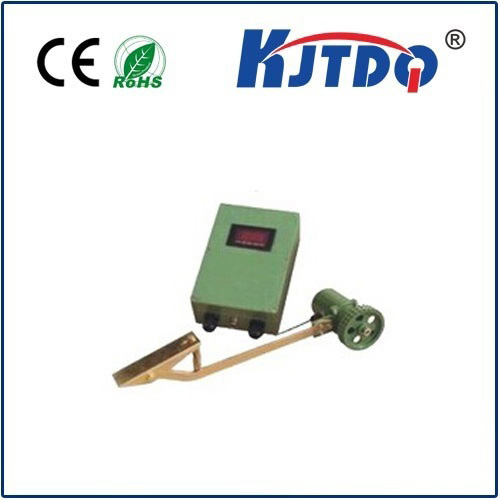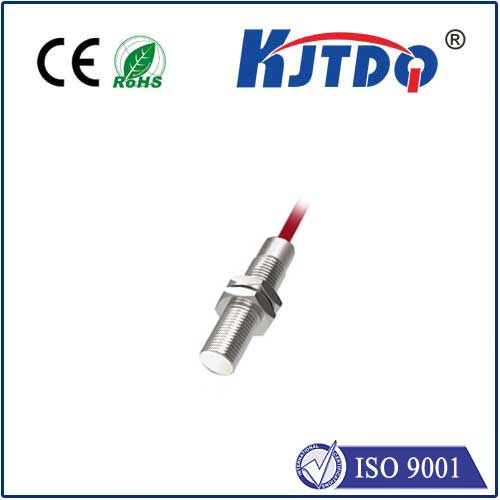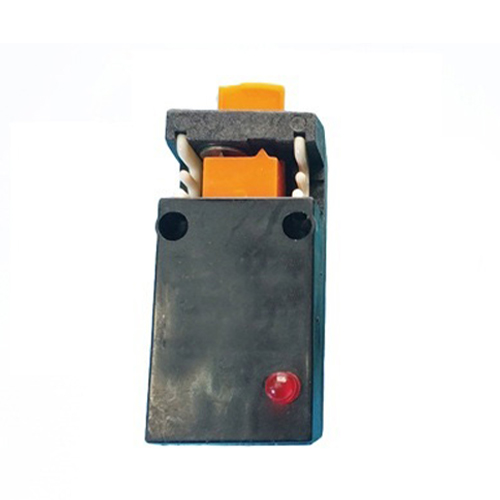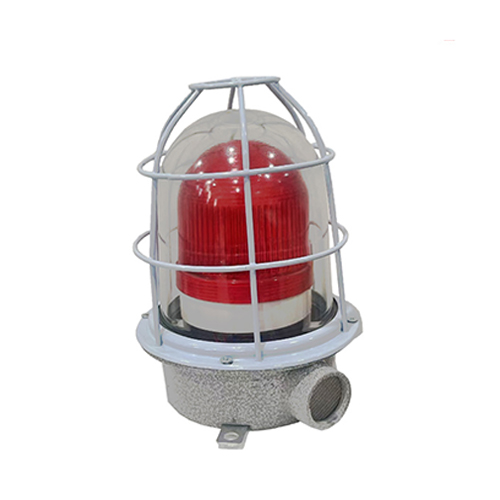fiber optic seismic sensor
- time:2025-08-16 05:19:50
- Click:0
Illuminating Earth’s Secrets: How Fiber Optic Seismic Sensors Are Transforming Detection
Forget clunky boxes dotting the landscape. Imagine turning vast networks of buried cables – the very backbone of our global internet – into ultra-sensitive ears constantly listening to the Earth’s whispers and rumbles. This isn’t science fiction; it’s the groundbreaking reality enabled by fiber optic seismic sensors, fundamentally reshaping how we detect and monitor vibrations beneath our feet.
The Core Brilliance: Light as the Ultimate Probe
At the heart of this revolution lies a principle called Distributed Acoustic Sensing (DAS). Unlike traditional seismometers, which are discrete points measuring ground motion locally, DAS transforms the entire length of a standard optical fiber cable into a continuous array of thousands of virtual sensors. Here’s the elegant science:
- Laser Pulse: A powerful, highly controlled laser sends pulses of light down the fiber.
- Minute Interactions: As seismic waves (or any vibrations) travel near the buried fiber, they cause incredibly tiny, nanometer-scale, perturbations in the glass structure – stretching or compressing it ever so slightly.
- Light Altered: These microscopic deformations change the physical properties of the fiber path for the light traveling through it. Crucially, they alter the phase (the timing) of the light waves.
- Backscatter Analysis: Inevitably, a tiny fraction of the laser light scatters backwards within the fiber due to natural imperfections (Rayleigh scattering). A sophisticated instrument called an interrogator analyzes this returning light.
- Decoding the Signal: The interrogator precisely measures minuscule changes in the phase and frequency of the backscattered light compared to the original pulse. Advanced signal processing techniques then correlate these changes along the fiber’s length and over time.
- Seismic Signature: By interpreting these phase shifts, scientists and engineers can reconstruct the amplitude, frequency, direction, and origin of the vibrations impacting the fiber with remarkable fidelity. Essentially, they listen to the Earth by reading the subtle distortions in light.
Why DAS Outshines Conventional Methods

The advantages of deploying fiber optic seismic sensors are profound and address critical limitations of traditional seismic networks:
- Unrivaled Density & Coverage: One interrogator unit can turn tens to hundreds of kilometers of existing or newly deployed fiber into tens of thousands of individual sensing points. This achieves spatial resolution down to meters, far exceeding the sparse distribution of conventional seismometers. You get a continuous picture, not scattered dots.
- Exceptional Sensitivity: DAS systems can detect ground motions on the scale of nanometers. This makes them incredibly sensitive to faint seismic signals, subtle subsidence, or even foot traffic near the cable.
- Cost-Effectiveness (Long-Term): While the interrogator technology represents a significant initial investment, the sensor itself (the fiber optic cable) is inexpensive, robust, and leverages existing infrastructure (like telecom dark fiber). Maintenance costs are drastically lower than maintaining thousands of individual electronic sensors.
- Extreme Environmental Resilience: The optical fiber is immune to electromagnetic interference (EMI), lightning strikes, and corrosion. It operates reliably in high temperatures, high pressures, underwater, and in hazardous environments (explosive or corrosive atmospheres) where electronic sensors fail or pose risks. No power is needed along the sensing cable itself.
- Real-Time & Remote Monitoring: Data is streamed continuously to the interrogator, enabling true real-time monitoring and rapid response capabilities for events like earthquakes or pipeline leaks. Remote and inaccessible areas become monitorable.
- Multipurpose Deployment: Fibers can be installed in diverse configurations: buried underground, cemented in wellbores, attached to infrastructure like dams or bridges, laid on the seabed, or even used in existing telecommunication conduits.
Revolutionizing Applications Across Sectors
The unique capabilities of fiber optic seismic sensors unlock transformative applications:
- Earthquake Seismology & Early Warning: Denser arrays provide unprecedented detail on fault structures, earthquake rupture processes, and wave propagation. This enhances earthquake early warning systems by providing faster, more localized ground motion data over wider areas.
- Natural Resource Exploration (Oil & Gas, Geothermal): In boreholes, DAS provides high-resolution vertical seismic profiles (VSP) for reservoir characterization, monitoring hydraulic fracturing (“fracking”), and tracking fluid movement. Surface arrays delineate subsurface structures more cost-effectively. Monitoring carbon capture and storage (CCS) sites for leakage is a critical emerging application.
- Infrastructure Security & Monitoring: Protect pipelines by detecting third-party interference (digging), leaks (through associated ground vibrations), or ground movement threatening integrity. Monitor dams, levees, bridges, and railways for structural health and subsidence risks.
- Border & Perimeter Security: Buried fiber lines can detect and classify intrusions (footsteps, vehicles) over vast distances, creating a covert and highly sensitive security barrier.
- Volcanic & Landslide Monitoring: Deploy fibers on volcanoes or landslide-prone slopes to detect subtle precursory ground deformation and seismic tremors, providing vital warnings.
- Urban Geophysics: Map subsurface utilities, characterize near-surface geology for construction, and monitor vibrations from traffic or construction activities impacting sensitive areas.
Beyond Promises: Real-World Validation
The efficacy of fiber optic seismic sensors isn’t theoretical. Projects worldwide demonstrate their power. Researchers have repurposed metropolitan dark fiber networks to create dense urban seismic arrays. Offshore, fibers deployed on the seabed monitor subsea infrastructure and natural seismicity. Borehole DAS is now a standard tool in many reservoir engineering operations. Studies consistently show DAS data quality matching or exceeding traditional sensors for many applications, while offering unparalleled spatial coverage.
Challenges and the Path Forward
Like any emerging technology, challenges remain. Handling the immense volume of raw data generated requires robust processing pipelines and significant computational resources. Developing even more sophisticated algorithms to filter noise (e.g., from traffic or wind) and extract subtle signals is an active research area. Standardization of data formats and processing techniques across different vendors is also evolving. Crucially, expert interpretation of the complex DAS data patterns remains essential. Finally, the initial capital cost of high-performance interrogators can still be a barrier for some applications.
A Luminous Future
Despite these hurdles, the trajectory for fiber optic seismic sensing is undeniably bright. Rapid advancements in laser technology, photonics, and AI-driven data analytics are continuously improving performance, reducing costs, and unlocking new capabilities. The convergence of vast existing fiber infrastructure with this powerful sensing modality creates an unprecedented opportunity for seismic monitoring on a global scale. We are moving beyond isolated listening posts towards creating a truly interconnected nervous system for the planet, woven from light and glass, illuminating the dynamic processes hidden beneath our feet with unprecedented clarity and reach. The revolution in sensing is already underway, powered by strands of light.













